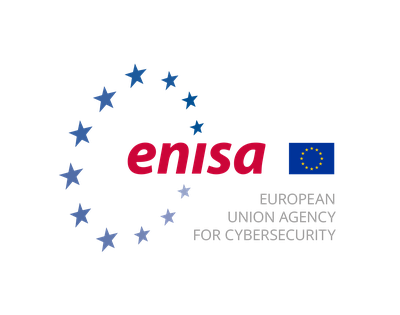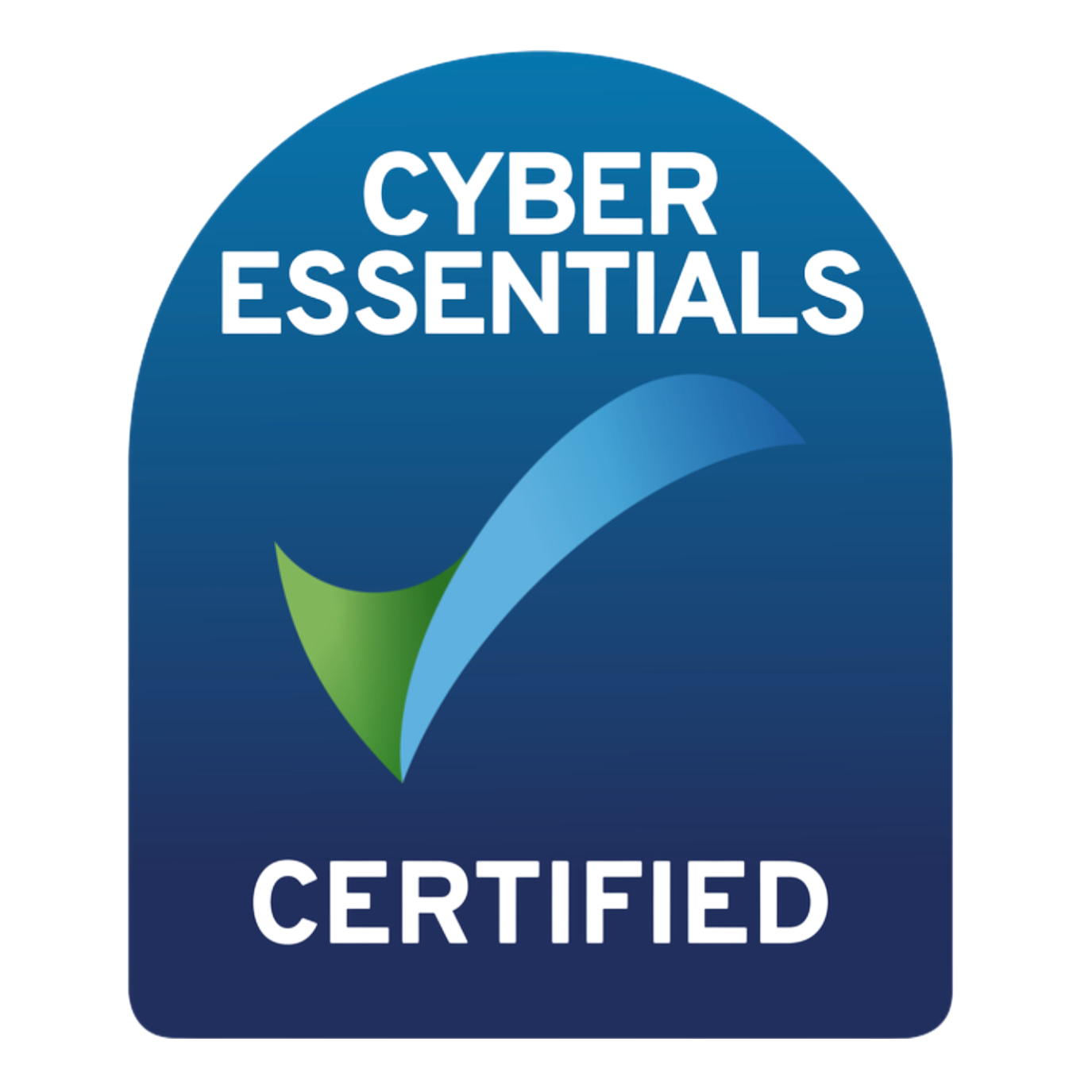Experiencing a Breach? [email protected] | Safetech Blog
SAFE WITH SAFETECH, YOUR GLOBAL CYBER SECURITY PARTNER
Simplifying your cyber security by turning complex security solutions and services into user-friendly processes to ensure you achieve robust protection against evolving global threats.
24x7x365 Cybersecurity protection
Innovation isn't just a part of our identity —it's what distinguishes us from the rest.
We understand that safeguarding your business from global cyber attacks relies as much on mastering basic principles as it does on technological innovations and AI. AI & automation are a key part of our product and service offering, however, it's important to consider why your employees continue to be exploited by phishing and social engineering, and why your systems are still vulnerable to a data breach.
Our mission is clear - Safetech streamlines and enhances your security posture by removing complexity and alert fatigue. We help you replace cyber security complexities with a clear single pane of glass view of your threat landscape.
240+
Penetration tests carried out over the last 24 months.
100+ Billion
Events captured by our monitored security solutions per month.
12,000+
Alerts generated and Investigated by our 24x7x365 global SOC team per month.
Add your title here
This is the text area for this paragraph. To change it, simply click and start typing.
What Some Of Our Customers Say
Our selection of Safetech as a cyber security partner was driven by their exceptional interpersonal approach, and their effort to grasp the specific needs and the intricacies of our business. Despite our budget limitations, Safetech worked closely with us to make sure we could gain the maximum benefit from our budget.
Head of Product, CarbonQuota

Consultech has undergone a transformative security enhancement throughout our global business, thanks to the expertise of Safetech. Safetech has not only significantly strengthened our security defences, protecting us from advanced threats but has also fostered a heightened sense of awareness and vigilance within our organisation.
CEO, Consultech

Our software development team was particularly impressed with how well the findings were communicated from Safetech, both technically and in accessible language, ensuring that everyone could understand the key issues and their solutions. The entire process was smooth, efficient, and insightful, leaving us with stronger security protocols.
We highly recommend Safetech to any business seeking an excellent cybersecurity partner. Their expertise, attention to detail, and excellent customer service make them a valuable asset for any organisation looking to strengthen its cyber defences.
Tribeca Knowledge Ltd

Safetech Managed Services
MANAGE, DETECTION
& RESPONSE (MDR)
Our AI-driven tools deliver managed, detection, and response like no other. Working with our leading partners to deliver next-generation MDR, to our customers, globally.
SOC-AS-A- SERVICE
Blending technology, processes and expertise for cost-effective protection. A service delivered to protect your organisation from global cyber threats.
SECURITY COMPLIANCE
Helping you achieve the latest industry standards from ISO27001 to NIST. Our compliance service gets your organisation prepared for compliance success.
VULNERABILITY ASSESSMENT
Strengthen your security defences by allowing our specialists to identify potential breaches and hidden vulnerabilities, allowing you to take immediate action.
PENETRATION TESTING (CREST ACCREDITED)
Our Crest-accredited penetration testing service identifies your complex vulnerabilities and provides you with practical advice and remediation support.
SECURE CODE REVIEW (SECURE DEV OPS)
We test and examine your your applications source code helping you identify any existing security flaws or vulnerabilities, saving you time and money.
API SECURITY
You will benefit from our comprehensive API security service, focused on protecting your entire API environment by preventing and mitigating attacks across your network of APIs.
INCIDENT RESPONSE
With our team of experienced cyber security specialists, we quickly mobilise to identify, contain, and eradicate threats facing your business, defined in your incident response protocol.
Safetech Solutions
ENDPOINT SECURITY
Simplify your security administration with our endpoint security solutions and long-lasting partnerships. These products guarantee your organisation’s protection.
NETWORK SECURITY
Designed to act as a fortress for your defence capabilities, our Network Security Solutions describe a system of multilayered implemented technologies aimed to protect your network data and company devices.
(SIEM) SOLUTIONS
We help your IT department be in control of each aspect of your organisation’s cyber environment with the help of a Security Information and Event Management (SIEM) solution.
MOBILE SECURITY
Our mobile anti-malware and mobile forensics tools have been developed by our leading R&D team to protect both personal and business information stored on your mobile devices.
VULNERABILITY & COMPLIANCE
Safetech's vulnerability and compliance solution helps you build a centralised control system to meet a range of compliance standards such as NIST, GDPR, P2D2, ISO2701 and more.
THREAT INTELLIGENCE
Safeguard your digital reputation and internet presence by prioritising your digital assets and key digital channels through our top resources: security solutions, business reliability, and cyber performance.
SECURITY TRAINING & AWARENESS
Security Awareness Training that empowers your workforce to become vigilant against cyber threats. We provide tailored, interactive training programs to educate employees about cybersecurity best practices, fostering a culture of security awareness and reducing the risk of security incidents.
BACK UP DLP & PATCH MANAGEMENT
Both backup and patch
management are essential for your data protection. Our comprehensive DLP solutions ensure the integrity and availability of your data and the security of your systems, throughout your organisation.
Consultech has undergone a transformative security enhancement throughout our global business, thanks to the expertise of Safetech. Safetech has not only significantly strengthened our security defences, protecting us from advanced threats but has also fostered a heightened sense of awareness and vigilance within our organisation. This is particularly evident in our enhanced preparedness against phishing attacks and social engineering tactics. Safetech has emerged as our trusted and reliable long-term partner in cybersecurity.
Cristian Papaianopol
CEO, Consultech
Global SOC Centre
Our global SOC capabilities operate out of our purpose-built security operation centres worldwide, including locations in the
UK, (London),
Europe, (Bucharest,
Romania), and the US (Reston, Virginia).
Some Of Our Accreditations
- ISO 27001 (Information Technology Service Management System, Information Security, Cybersecurity)
- ISO 90001 (Quality Assurance)
- ISO 14001 (Environmental Service Management)
- ISO 20000 (Information Technology Service Management System)
- ISO 45001 (Occupational Health & Safety Management)
- CREST Accredited Penetration Testing
- CISSP Certified Information Systems Professional
Cybersecurity Trends & Insights


-
AI Automated Security
At Safetech, we revolutionise security with our cutting-edge AI and automated Security solutions, setting a new standard for safety and peace of mind. Our commitment to leveraging advanced technologies ensures that our customers experience a level of protection that goes beyond traditional security measures.
-
Increased protection, reduced cost
We harness the power of innovative technologies to enhance our customer's security posture without the complexity and cost.
-
Global Security Operations Centre (SOC)
By harnessing the latest cybersecurity technologies and solutions, our SOC is well-equipped to identify, respond to, and mitigate global security threats effectively. Our SOC builds the foundations for a single pane of glass view of your entire estate, removing the cost and time associated with monitoring and responding to threats facing your critical assets and sensitive information.
-
Expert Global Team
You can rest assured that you are being supported and protected by our leading cyber security professionals who are dedicated to keeping your data safe and secure.
A TEAM OF CYBER SECURITY EXPERTS, AT YOUR SERVICE
Our global team utilises the latest cyber security technology and techniques which automate cyber intelligence to
protect your business in real-time.
More protection. Less tech.
We're removing the complexity within your security tech stack. Forget alert fatigue and let Safetech streamline and simplify your security posture.
NAVIGATION
STAY CONNECTED
You need a helping hand with your project?
Thank you for signing up to our email newsletter.
Please try again later


No. 12-14 Frunzei Street, Frunzei Center, 1st-3rd Floor, 2nd District, 021533, Bucharest, Romania

Safetech Innovations Global Services LTD. All rights reserved. - We are a UK company. Registration number: 13901115
In the USA we act under Safetech Innovations USA Inc, a Virginia corporation registered under 11506098.
Professional Indemnity Insurance | Public and Product Liability Insurance *Information can be provided on request



















































